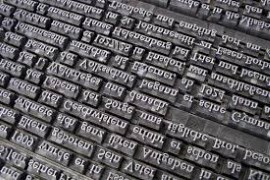Collections | Livre | Chapitre
The person
pp. 108-128
Résumé
In Reason, Truth, and History,78 Hilary Putnam offers the most extensive discussion of which I am familiar of the "brain in a vat" problem that has attracted epistemologists and even proponents and opponents of artificial intelligence as a model of human thinking. Imagine, the problem begins, that we remove a person's brain from his skull, attach wires to it that stimulate its neural transmitters, and place it in a vat of liquid. Is it not possible, the question now runs, that the brain could be stimulated in just such a way that it would have the same experiences as a person whose brain is still in his body, and the brain would never know that it is a brain in a vat? Would his "world" be distinguishable from ours, or from the world he once inhabited? The very possibility of an affirmative answer led the science-fiction writer Arnold Zuboff to write "The Story of a Brain." The premise of the story is quite interesting. It begins as follows.
Détails de la publication
Publié dans:
Kelly Eugene (1997) Structure and diversity: studies in the phenomenological philosophy of Max Scheler. Dordrecht, Springer.
Pages: 108-128
DOI: 10.1007/978-94-017-3099-0_9
Citation complète:
Kelly Eugene, 1997, The person. In E. Kelly Structure and diversity (108-128). Dordrecht, Springer.










